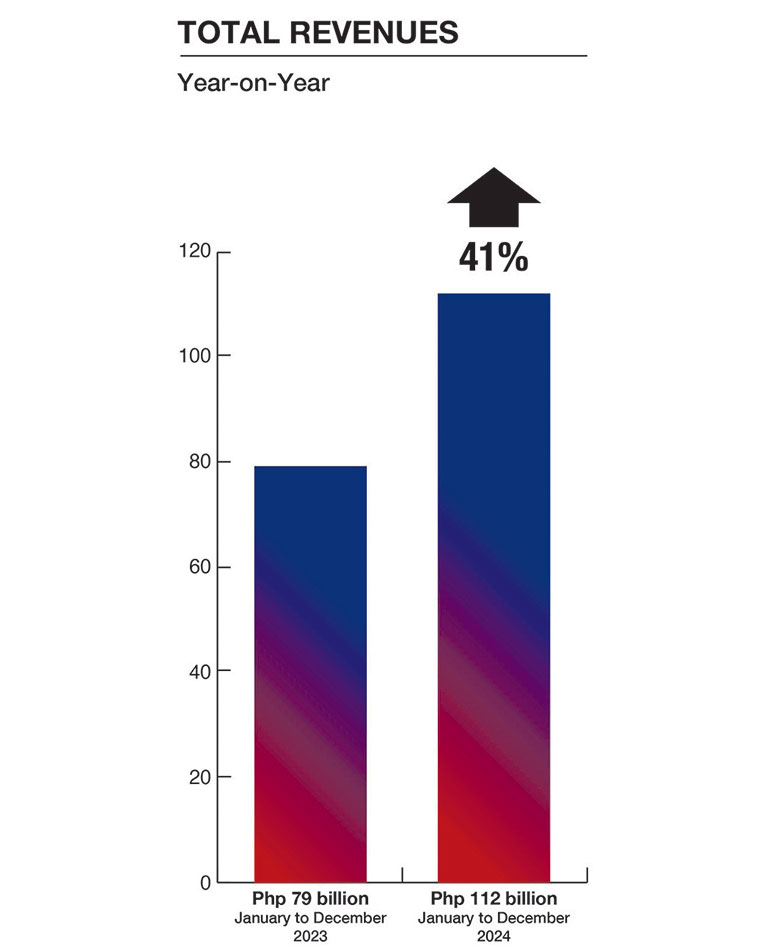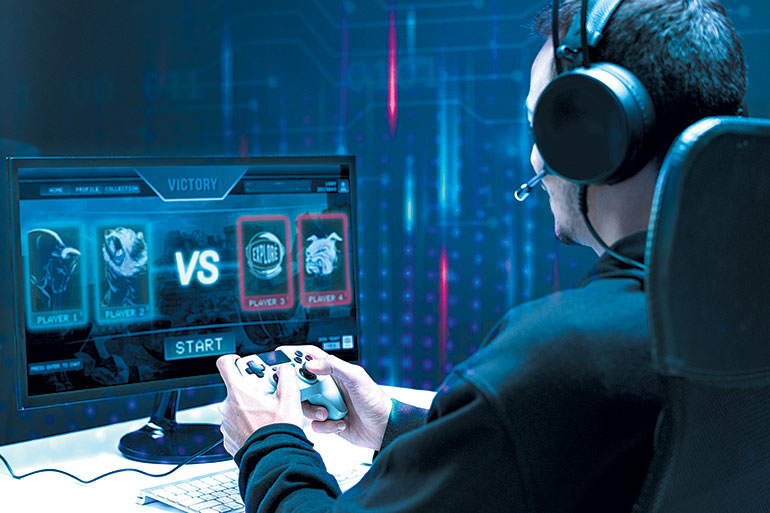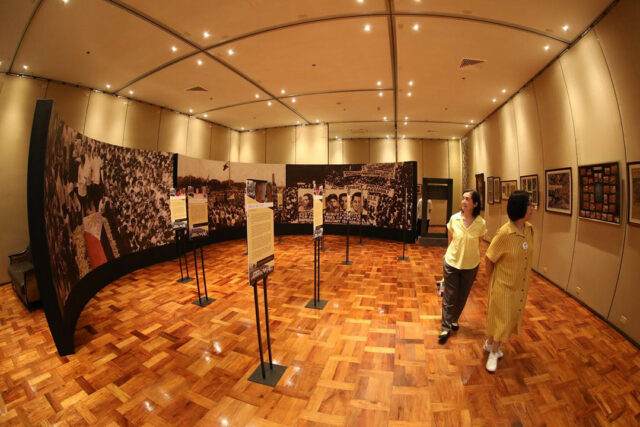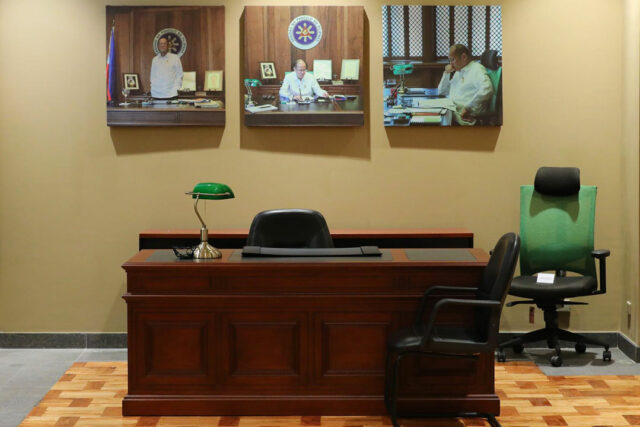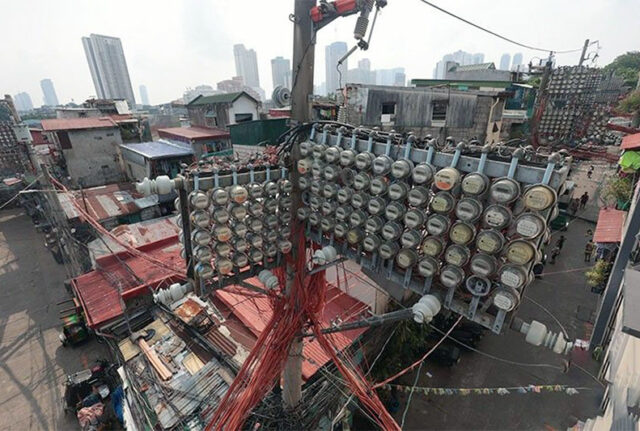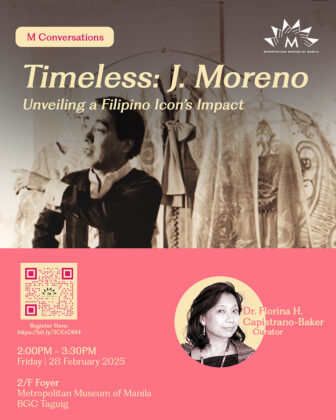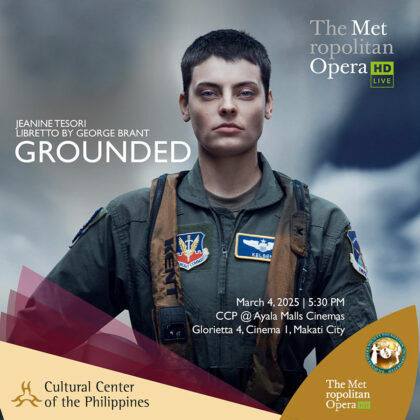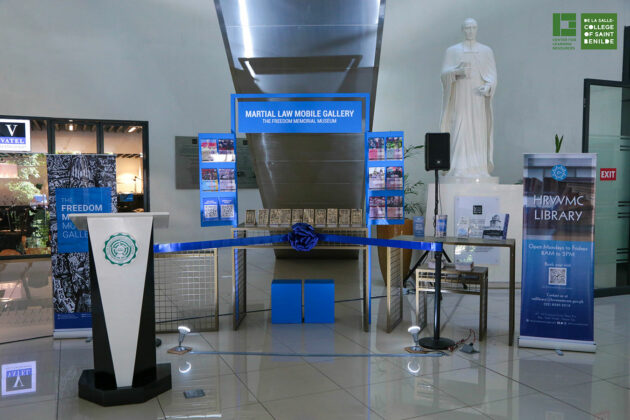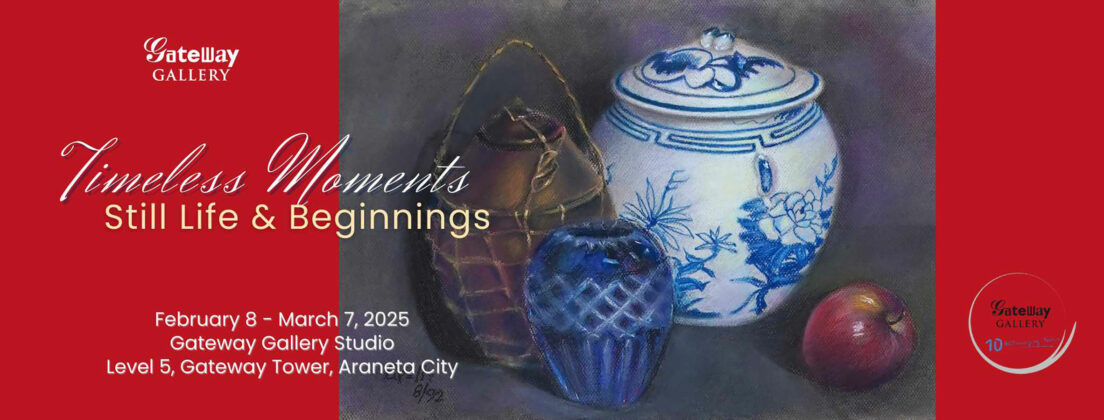The newly reopened Aquino Museum takes a hard look at history and at what might have been
By Joseph L. Garcia, Senior Reporter
THERE was a staid crowd at the Aquino Center in Tarlac on Feb. 24, the eve of the anniversary of the EDSA People Power Revolution which had swept the dictator Ferdinand E. Marcos, Sr. out of the country and Corazon “Cory” Aquino into power in 1986. There was a sprinkling of ex-cabinet officials and politicians from the administrations of the two late presidents, Mrs. Aquino (who died in 2009) and her son, Benigno “Noynoy” Aquino III (who died in 2021); nuns, Cojuangco cousins, and two out of the four Aquino sisters (which includes the ill celebrity Kristina “Kris” Aquino who was absent).
The gathering, for the reopening of the Aquino Center and Museum and the launch of the photobook PNoy: Filipino, resembled a quiet Sunday mass — but then, in the spirit of the non-violent EDSA Revolution that inspired it, perhaps it was perfect.
The book, to be made available to the public in March, is a collection of photos of the late Mr. Aquino, who was the President of the Philippines from 2010 to 2016. The photos were taken from the archives of his close-in photographer Gil Nartea, with contributions from other palace photographers. The pictures are accompanied by anecdotes edited by journalist Thelma Sioson San Juan.
MUSEUM OF DOORS
Following the launch of the book, there was a guided tour of the Aquino Museum, closed for renovations for two years. The doors which guests go through are marked with the choices Senator Benigno “Ninoy” Aquino, Jr., his wife Mrs. Aquino, and his son made — with a few choices that consider what might have been.
A section called “Comfort,” the first door, marks both Mrs. Aquino and her husband as children of privilege of the Aquino and Cojuangco dynasties. This section has family trees and family photos. This leads to the next door, marked “Adventure,” which shows Ninoy as a young reporter, and a young dashing politician, propped up by his charisma, and his wife’s family’s money. The shadow of Ferdinand Marcos’ declaration of Martial Law in 1972 begins to creep up near the end of this section, where his presidential term’s end floats possible successors, including his wife, former First Lady Imelda Marcos.
One door, marked “Collaborate,” leads nowhere. A second, called “Resist,” shows Ninoy as the hero he would become. Jailed in the early hours of Martial Law, Mr. Aquino would be incarcerated for the next seven years, suffering a series of privations and humiliations. The battle waged outside his Fort Bonifacio cell, fought by the Filipino people and his family, is well-documented in this museum: there are articles from foreign newspapers about the corruption in the Marcos administration (Martial Law barred Filipino newspapers from reporting on these), and the numbers of dead and missing. Touching are the anecdotes of Mrs. Aquino and her family’s pleas: there are several articles about the young Kris Aquino campaigning for her father, and her mistaken belief that her father’s prison was his home. A newspaper shows her picture, all of seven years old, reaching up to a microphone; Imelda Marcos’ picture speaking into a similar microphone is placed next to hers. Shown here is a recreation of Ninoy’s cell, with the same books and even the same bedding.
A section called “Return” shows wedding photos of Ninoy and Cory at their wedding, transitioning into Mrs. Aquino’s widowhood. On Aug. 21, 1983, Mr. Aquino was shot at the airport, which now bears his name, returning from his exile in the US where he had been since 1981. There are news clippings about it in the museum, as well as covers showing his family and how they processed the news. Most poignantly, the clothes which he died in (that white outfit seared into the nation’s memory) are displayed under a glass case, the blood now blackened by time.
There are doors marked “Contentment,” which lead into a single room that shows the private life of the Aquino family. However, a door called “Sacrifice” shows Mrs. Aquino’s initially reluctant campaign for the presidency in the snap elections of 1986, and the revolution that defied the incumbent dictator’s projected win.
In a speech, Rafael Lopa, Mrs. Aquino’s nephew, president of the Ninoy and Cory Aquino Foundation (NCAF) and her memoirist, said, “Critics have often claimed that she was never physically present during these tense days at EDSA… she often says she wished she had a picture of herself addressing the crowds near the POEA Building at the corner of EDSA and Ortigas Ave.” They have finally found a picture, in their archives.
In her memoirs, To Love Another Day, compiled by Mr. Lopa, Mrs. Aquino said, “I also insisted to Peping (her brother, Jose Cojuangco, Jr.) that I would go to EDSA. Peping disapproved of my going there because if I got killed, he said, it would be the end of everything, not just for me, but for all the people there who were hoping for a change.
“I felt, however, that it was unfair of me to tell them to go to EDSA and put them at risk. Besides, I had already announced that I was going to be there on Monday.
“I stayed for some 15 minutes at the POEA (Philippine Overseas Employment Administration), where I joined the crowd in singing ‘Our Father.’ I just wanted to show the people that I was still with them.”
The “Sacrifice” door also includes Mrs. Aquino’s activism post-presidency, including her protests against charter change, and her eventual death. Finally, the doors lead to “Fight” and “Rest” — “Rest” leads to the same room as “Contentment,” while “Fight” leads to the door showing the campaign and presidency of Mr. Aquino in 2010, with his crowning achievement, winning the fight against China in claiming the West Philippine Sea.
THE AQUINO NAME
The years after Mr. Aquino’s presidency had not been kind to the Aquino name. Online trolls and vloggers and bloggers favored by the two subsequent administrations have brought down a list of insults and alleged crimes against the Aquino family. While the trolls have calmed down relatively as we write this, the seeds have already been planted, and the Aquino name, once known to aid in the fight for democracy, might be permanently tainted.
“Definitely, it’s sad. One of the things that Lolo Ninoy would tell my Mom and her siblings was, ‘I’m not going to leave you much money,’” said Francis Dee, executive director of the NCAF, and grandson of Ninoy and Cory Aquino, through their daughter, Victoria Elisa “Viel” Aquino-Dee. “‘The only thing I can leave for you is your good name.’
“Forty years after he died, what happened to that name? It’s definitely something we’re all sad about, in different ways,” said Mr. Dee in an interview with BusinessWorld during the museum’s opening. “I was being asked earlier why we’re just doing this now, when all of this started in 2016. Part of that, I think is, we were sad. When you’re sad, sometimes, you don’t know what to do.
“I decided to be more active with the Aquino Foundation after Marcos won in 2022,” he said about the elections that brought Ferdinand R. Marcos, Jr., the dictator’s son, back to the Palace which they fled due to the EDSA uprising in 1986. “It was really bad, 2016 to 2022. But just having it start in my face, that a Marcos is going to be president again. I campaigned hard as I could for Leni Robredo (the former vice-president supported by his uncle’s political party) — but at the back of my mind, I saw this was coming.
“How do you fix it? I don’t know. But for me, the most important thing for me is to tell the story in a way that’s honest to who the three were, and honest to what they stood for,” he told BusinessWorld.
In the documentary film The Kingmaker, which showed Imelda Marcos’ lifestyle, corruption, and her uncanny political acumen, Mr. Aquino said, “Some people want to say that it’s just a fight between us and the Marcoses. The fight is, there has to be something that is right, and there is something that is wrong.”
“You hear a lot of the time nowadays that people don’t care about democracy,” Mr. Dee told BusinessWorld. “They care about getting things done, or they care about keeping it real, they care about gut issues… while definitely Lola Cory and Tito Noy did address these gut issues, the big contribution was this whole story of democracy.”
“I still have a hard time processing how someone could give that much of themselves, and that didn’t come across,” he added.
“I want to tell it in a way that’s honest to them,” he said. “I’d rather they be hated for the truth — than they suddenly be liked for something that’s not true.”
In her memoirs, Mr. Lopa remembers his aunt Cory responding to the question, “May pag-asa pa ba ang bayan natin (is there still hope for our country)?”
Mrs. Aquino, retired from the presidency then, said, “Hoy, kayo ha! Bawal mawalan ng pag-asa. Habang buhay kayo, hindi pwedeng tumigil lumaban para sa tama. (You people! You cannot lose hope. While you’re alive, you cannot stop fighting for what is right).”





 Investment boom in online gaming
Investment boom in online gaming

